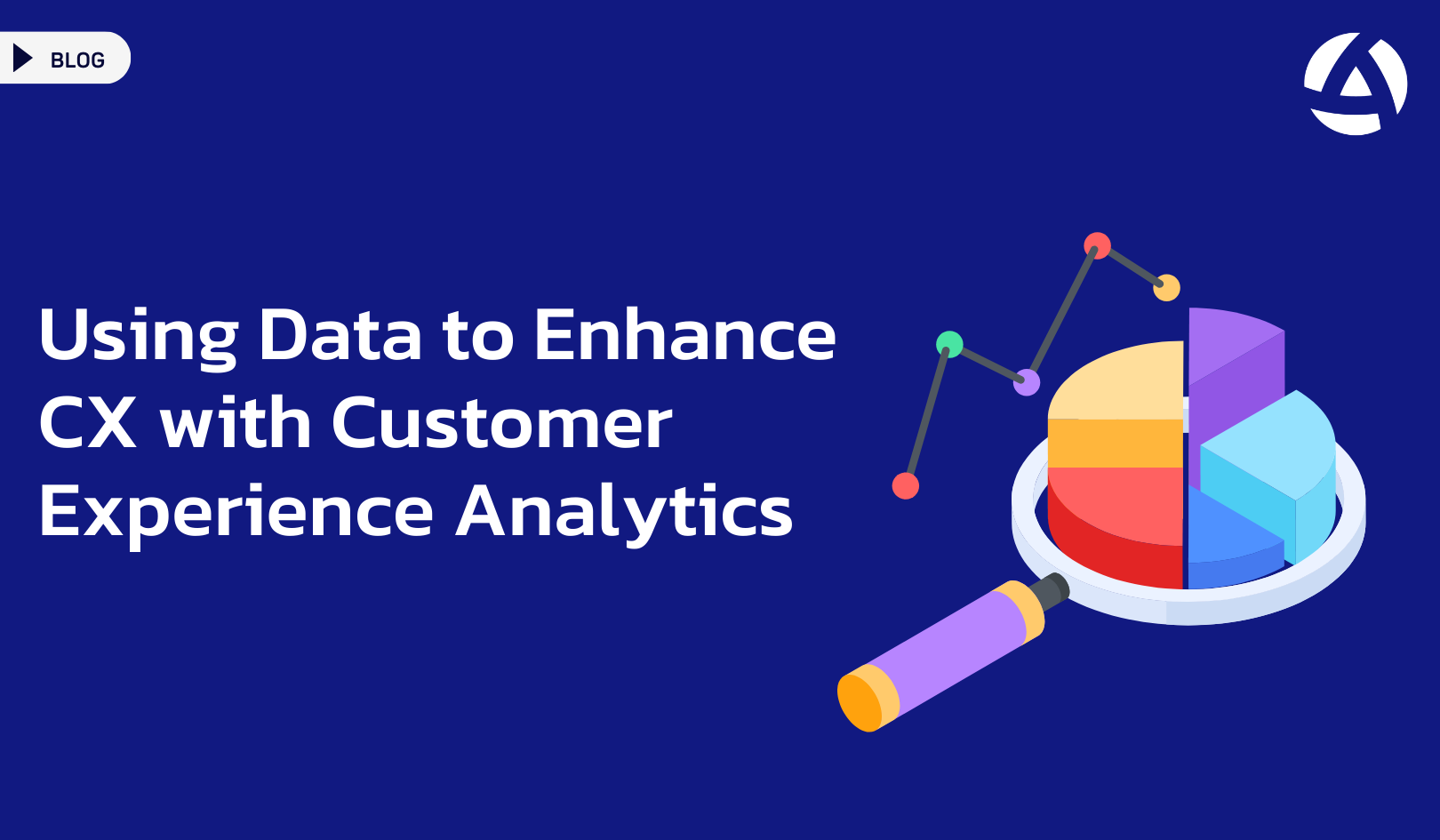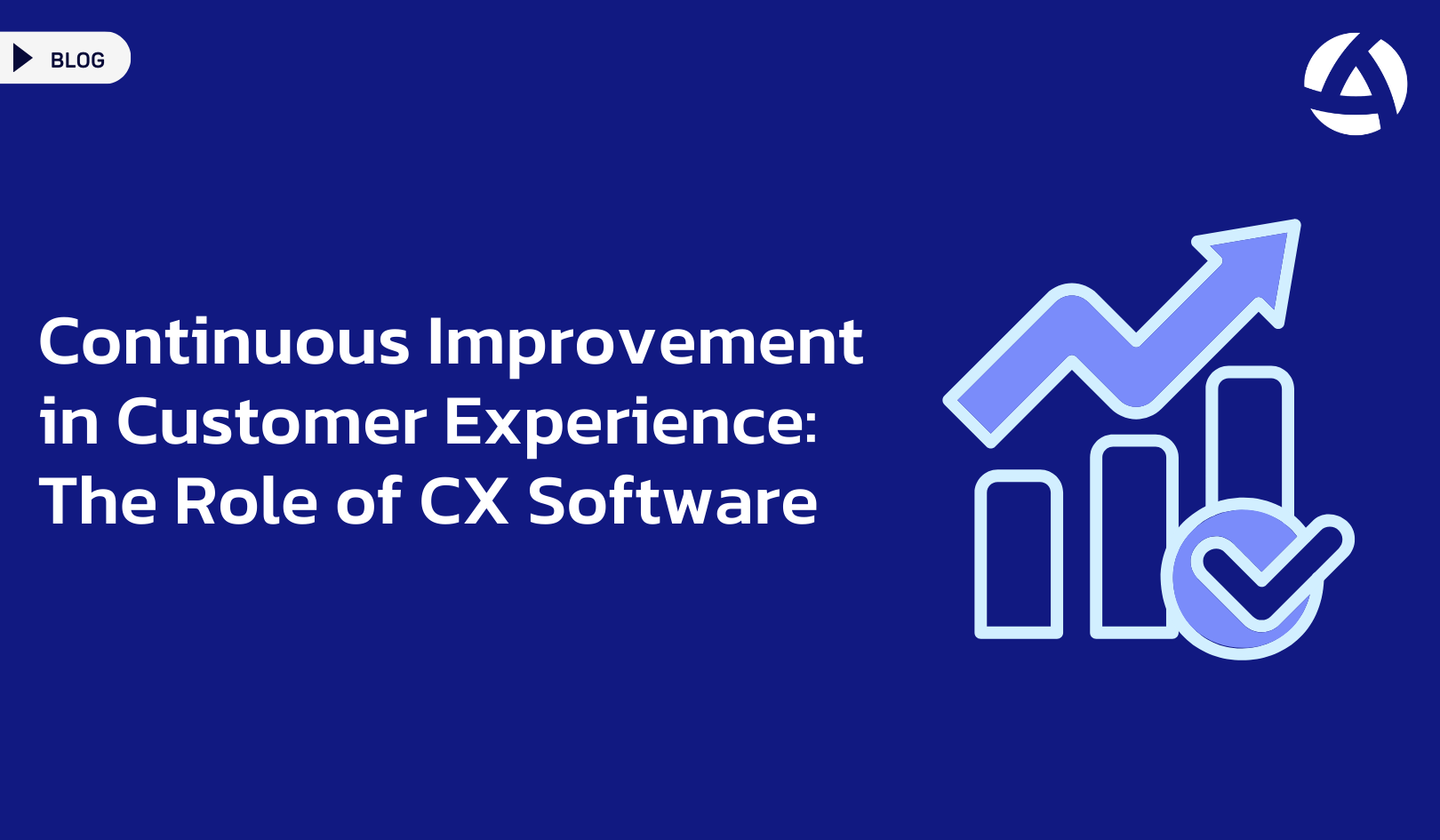Understanding and improving customer experience (CX) requires a strategic approach that leverages data effectively. Customer Experience Analytics is a powerful tool that can provide valuable insights to help businesses enhance their CX.
Collecting the Right Data
The foundation of effective Customer Experience Analytics starts with collecting the right data. This includes:
- Customer Feedback: Gather input from various channels like surveys, social media, and online reviews.
- Behavioral Data: Track how customers interact with your website, mobile apps, and other digital touchpoints.
- Transactional Data: Analyze purchase histories, order frequencies, and other transactional metrics to understand customer behavior.
Analyzing the Data
Once the data is collected, the next step is to analyze it to uncover patterns and trends. Here are a few methods to consider:
- Segmentation: Group customers based on similar behaviors, preferences, or demographics. This allows for targeted strategies that cater to specific customer segments.
- Trend Analysis: Identify trends over time to understand how customer preferences and behaviors are evolving.
- Sentiment Analysis: Use natural language processing (NLP) tools to gauge the sentiment behind customer feedback, providing insights into customer emotions and attitudes.
Turning Insights into Action
Data alone doesn’t improve CX; it’s how you use the insights derived from the data that makes a difference. Here’s how to turn insights into actionable strategies:
- Personalization: Use data to personalize customer interactions, from tailored recommendations to personalized marketing messages.
- Proactive Problem Solving: Identify common issues and address them before they escalate, improving overall customer satisfaction.
- Optimizing Touchpoints: Enhance customer interactions across various touchpoints based on data insights, ensuring a seamless and enjoyable experience.
Measuring Impact
To ensure your efforts are effective, it’s crucial to measure the impact of your strategies. This involves:
- Tracking KPIs: Monitor key performance indicators such as customer satisfaction scores, Net Promoter Scores (NPS), and customer retention rates.
- Customer Feedback: Continuously collect and analyze customer feedback to assess the effectiveness of your improvements.
- Regular Reviews: Conduct regular reviews of your data and strategies to ensure they are aligned with your CX goals and adjust as necessary.
Continuous Improvement
Customer experience is an ongoing process that requires continuous improvement. By regularly analyzing data and adjusting strategies, businesses can stay ahead of customer expectations and deliver exceptional experiences consistently.
By effectively using Customer Experience Analytics, businesses can harness the power of data to understand their customers better, anticipate their needs, and create experiences that drive loyalty and satisfaction.




